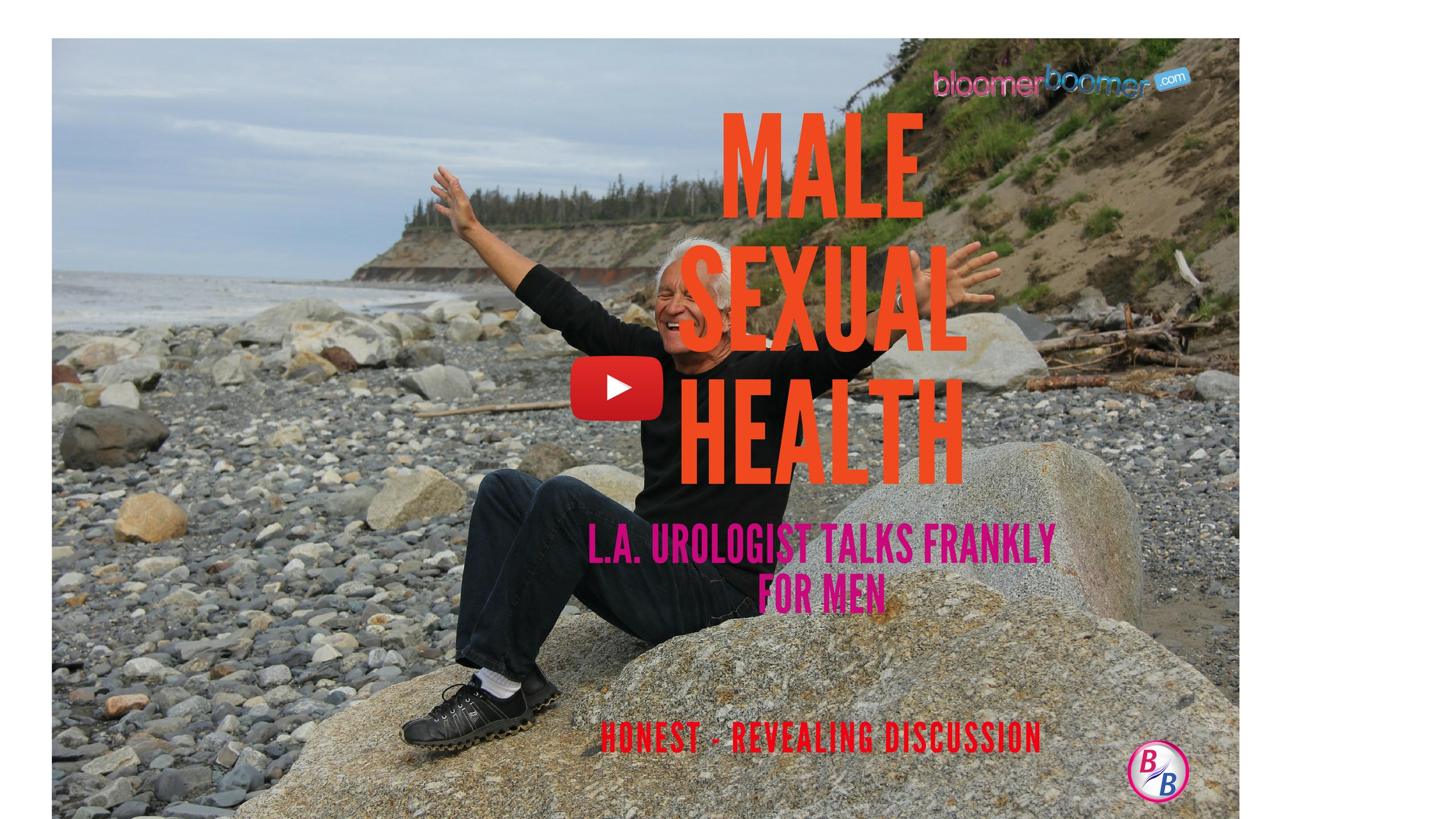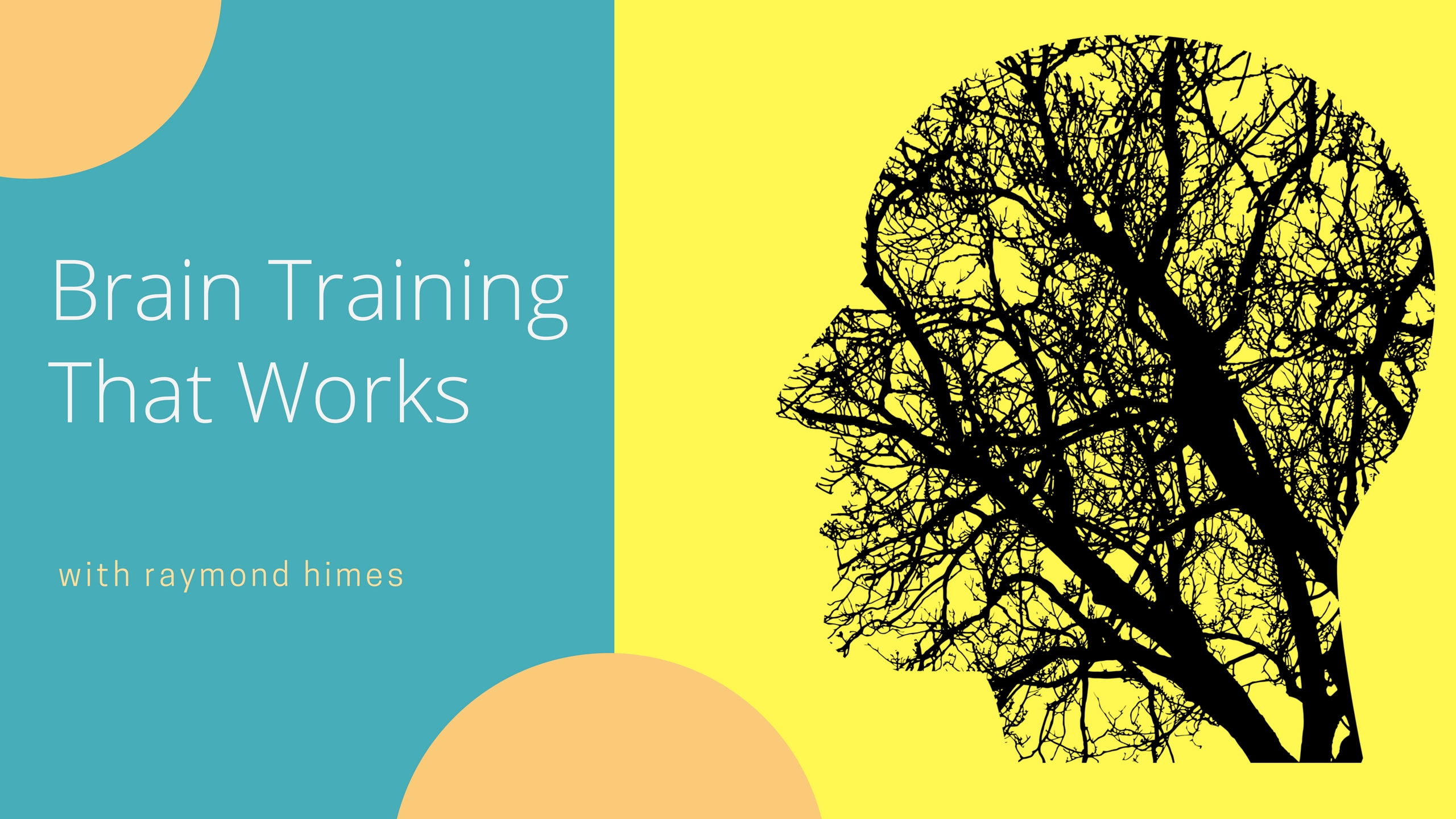Cannabis In the Voting Booth
Times have surely changed over the past decade, and marijuana’s perception among the public is only gaining steam.
In just a matter of days, voters will go to the polls in Oregon, Alaska, and Washington, D.C., to decide whether or not to approve marijuana for recreational use, while Floridians will weigh in on whether it will become the 24th state to approve marijuana for medical purposes.
Gallup notes that for the first time ever, in 2013, more respondents were in favor of legalizing marijuana than were opposed to it. An even more recent poll from The Huffington Post and YouGov from March confirmed this favorable public bias, with 70% of respondents favoring the legalization of medical marijuana compared to 17% that opposed it. Legalizing marijuana as a whole saw a slightly tighter vote, though 51% of respondents were still in favor of making it legal, compared to just 34% who said it shouldn’t be legal.
Medical marijuana’s most dangerous myth
Just because the public’s perception of marijuana is rapidly evolving doesn’t mean it necessarily has all of the pertinent facts about the drug. In fact, perhaps the most dangerous myth of all concerns medical marijuana and the idea that researchers have a handle on its risks versus benefits profile.Put plainly, you don’t have to look far to find conflicting reports on whether marijuana is a drug that benefits or hinders users.
For example, in 2010, the University of California Center for Medicinal Cannabis Research, which is connected to my alma mater, the University of California San Diego, released study findings that concluded that inhaled cannabis should be considered as a first-line treatment for patients with neuropathy and a number of other serious illnesses. Unlike many other studies, the CMCR ran a by-the-book, randomized, placebo-controlled study just as the U.S. Food and Drug Administration would have recommended had this been a designed clinical trial. In other words, the results are plausibly strong in favor of medical marijuana’s benefits.
On the other hand, a Harvard Mental Health Letter released the same year suggests that there are a number of reasons medical marijuana’s benefits versus risk profile may sway heavily toward the risk side of the equation. Specifically, the letter mentions the challenges associated with delivering cannabinoid-based drugs in that either they take a while to work, lose their potency in the delivery process, or have to be inhaled via smoking, which can expose the lungs to a number of potentially harmful chemicals.
In addition, the Harvard Mental Health Letter points out a number of psychiatric risks associated with marijuana use, including addiction, anxiety, mood disorders, and other forms of psychosis. The letter also alludes to studies that have suggested long-term marijuana use can lead to “persistent cognitive problems.”
There’s simply not enough data
As you might imagine, there are supporters and opponents on both sides of the aisle. The truth is, we really just don’t know a lot about marijuana’s benefit versus risk profile because, as a schedule 1 drug, there simply hasn’t been any reason for the U.S government to support ongoing research into its effects, be they good or bad.
Category: Articles




































